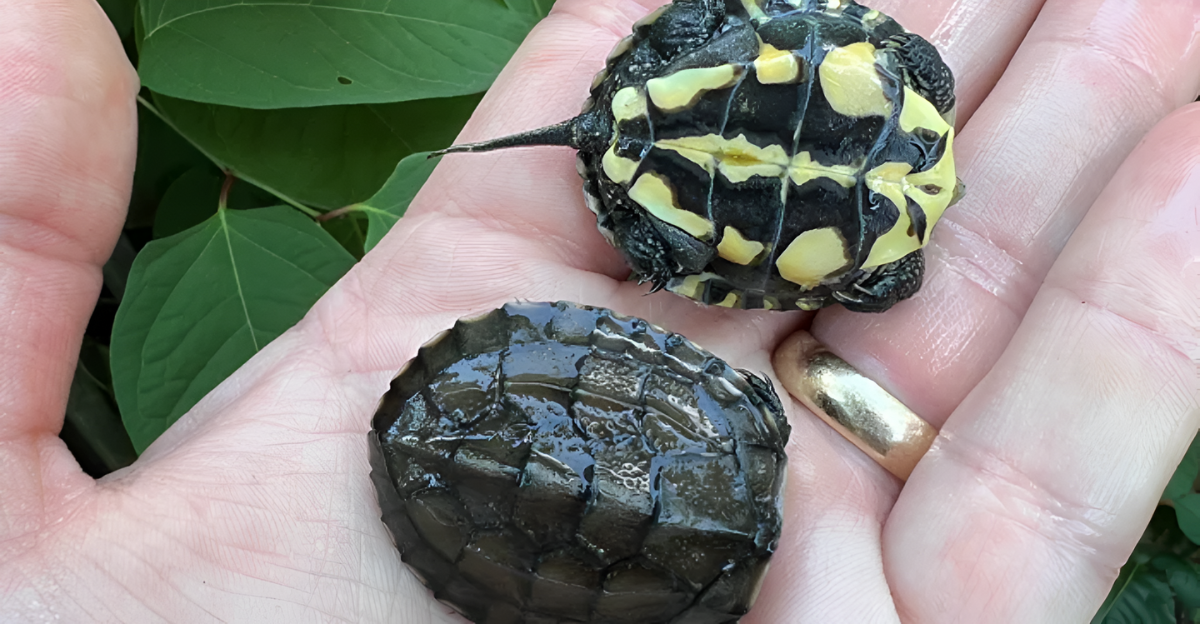
Every now and then, people take on pets that they might not know enough about because that’s what the situation calls for, but those same pets can be so much more than just pets. That’s exactly what happened in Vietnam when two animals being kept as scientists identified pets as members of one of the world’s most endangered species. This can happen due to the lack of awareness regarding these creatures, showing us just how easy it is for them to go extinct in the first place.
The Discovery on Hon Lao Island
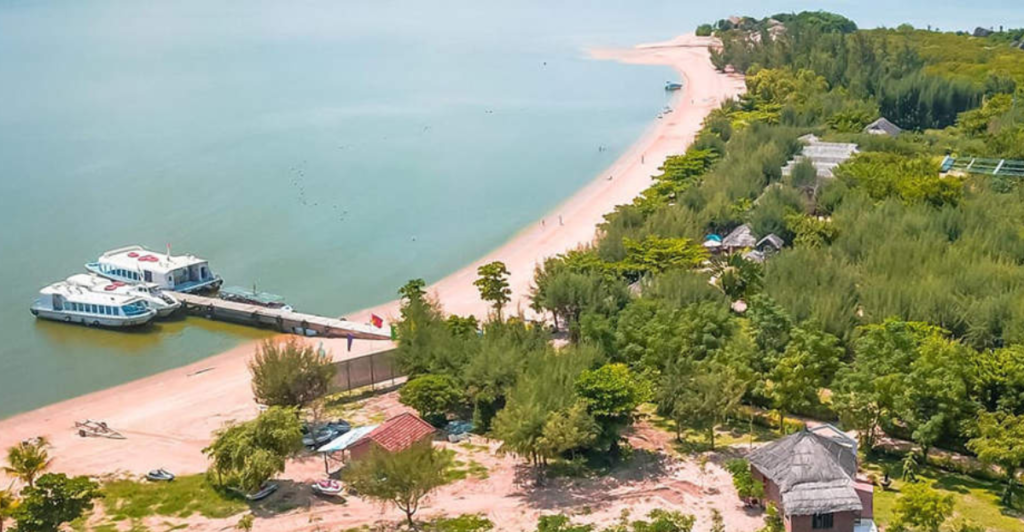
The discovery happened when scientists visited Hon Lao Island and identified two critically endangered turtles being kept as pets. Scientists visit the island regularly as part of a turtle conservation project with the Asian Turtle Program of Indo-Myanmar Conservation. While on the island, researchers met two locals who were more than eager to show off their pet turtles.
The turtles were photographed and analyzed for their interest. To the researchers’ surprise, they turned out to be Vietnamese pond turtles, a critically endangered species.
The Significance of the Find
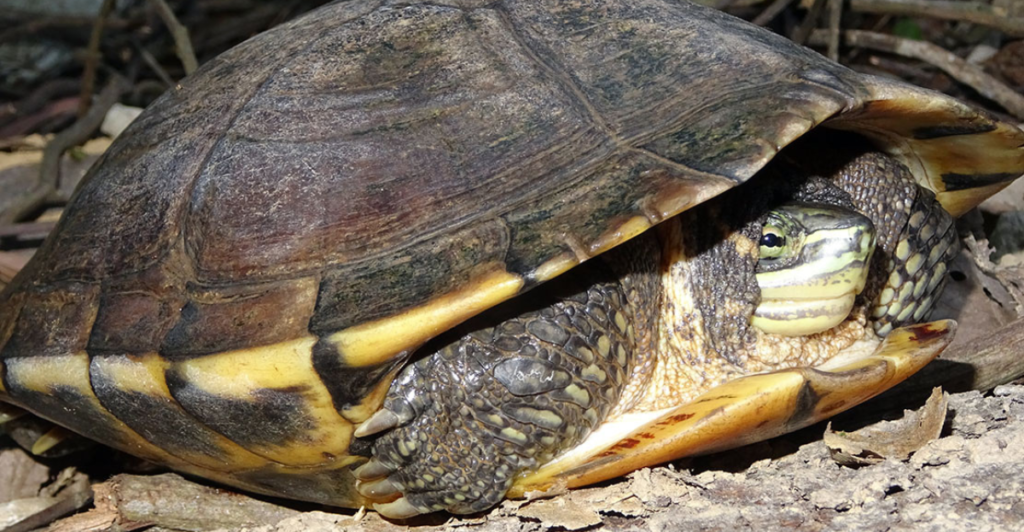
Hon Lao Island, part of a UNESCO-recognized biosphere reserve, already plays a vital role in protecting biodiversity, but the presence of these rare turtles highlights gaps in awareness and protection that must be addressed. According to the Asian Turtle Program, these turtles are “found only in the densely populated coastal lowlands of a few provinces of central Vietnam. “
Findings like these serve as a reminder of the delicate balance between human activity and wildlife preservation, inspiring local communities and global conservationists to intensify efforts to safeguard these species before they vanish forever. The first turtle, which weighed around 2 pounds, was found in 2015 by a cow herder. The second, which was picked up in a stream, only weighed 11 ounces.
About These Turtles
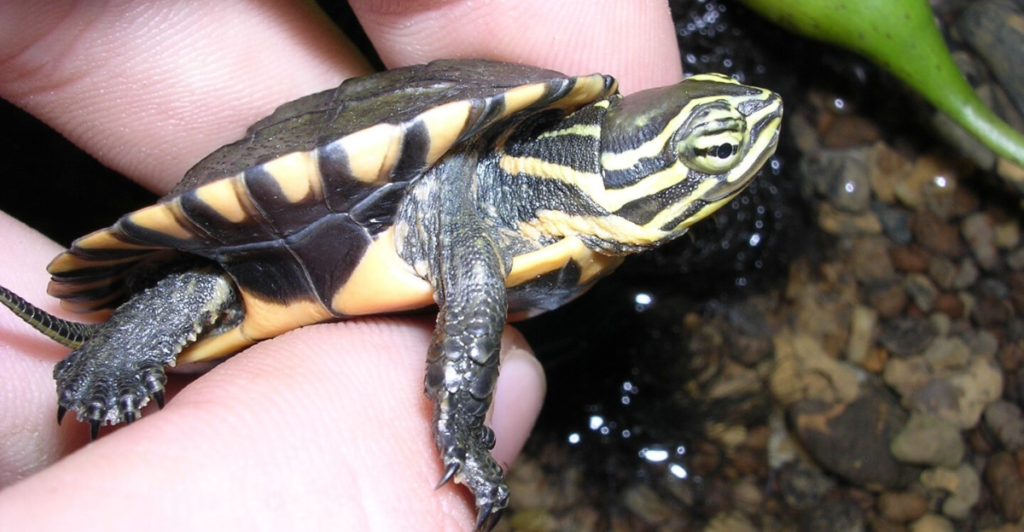
The Vietnamese pond turtle, also known as the Annam leaf turtle, is one of the world’s most endangered turtle species, native to a small region in central Vietnam. Their dark head can identify them with three or four yellow stripes along the neck and a dark brown to black shell. This freshwater turtle inhabits marshes, slow-moving streams, ponds, and rice fields at low elevations. They were once abundant in the early 20th century but suffered a catastrophic decline due to over-exploitation for food, traditional medicine, and the exotic pet trade.
This caused an estimated 99% population reduction, leaving fewer than 50 mature individuals in the wild. Conservation efforts now focus on captive breeding programs and habitat restoration, but threats like habitat loss, illegal hunting, and hybridization with related species continue jeopardizing its survival.
Conservation Status of Vietnamese Wildlife
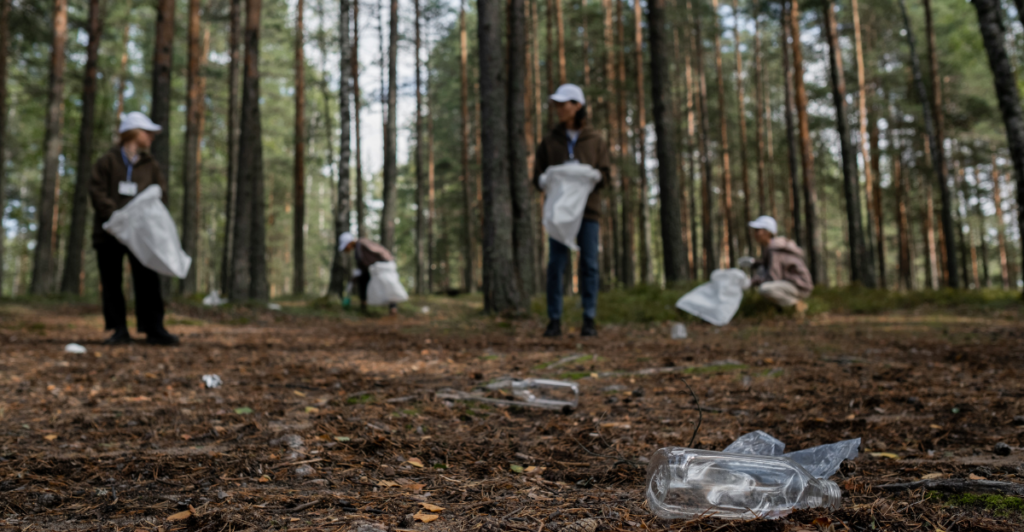
Vietnam’s wildlife faces significant conservation challenges despite the country’s rich biodiversity, including thousands of plant and animal species, many of which are endemic and critically endangered. Nearly 10% of Vietnam’s wildlife is threatened with extinction due to habitat loss, illegal hunting, and wildlife trade driven by domestic and international demand. The government has responded with comprehensive conservation programs, including establishing protected areas, national parks, and biosphere reserves, as well as stricter laws and enforcement efforts to combat poaching and trafficking.
A national program adopted in 2025 aims to improve the management and monitoring of endangered species, increase captive breeding and reintroduction efforts, and strengthen legal frameworks to safeguard wildlife populations and their habitats.
Role of Local Communities

Local island communities often unknowingly harbor endangered species as pets, which can endanger the animals and offer unique opportunities for conservation education. Organizations like Save Vietnam’s Wildlife (SVW) actively engage with forest-dependent communities through education workshops, awareness campaigns, and the promotion of alternative livelihoods to reduce reliance on hunting and illegal wildlife trade.
These programs have successfully fostered a sense of responsibility and commitment among villagers, local leaders, and government officials, encouraging them to pledge against poaching and trading endangered species.
Importance of Scientific Research and Monitoring

Scientific expeditions and monitoring are essential for uncovering hidden populations of endangered species. The Hon Lao Island discovery demonstrates how field research can reveal unknown conservation priorities and help guide protective measures. Vietnam has made significant strides in this area, with collaborative programs involving government agencies, NGOs, and international partners that have mapped biodiversity hotspots, discovered new species, and identified illegal wildlife trade routes.
These efforts inform the designation and management of protected areas and support the development of national policies aligned with international agreements like CITES.
Threats to Endangered Species in Vietnam
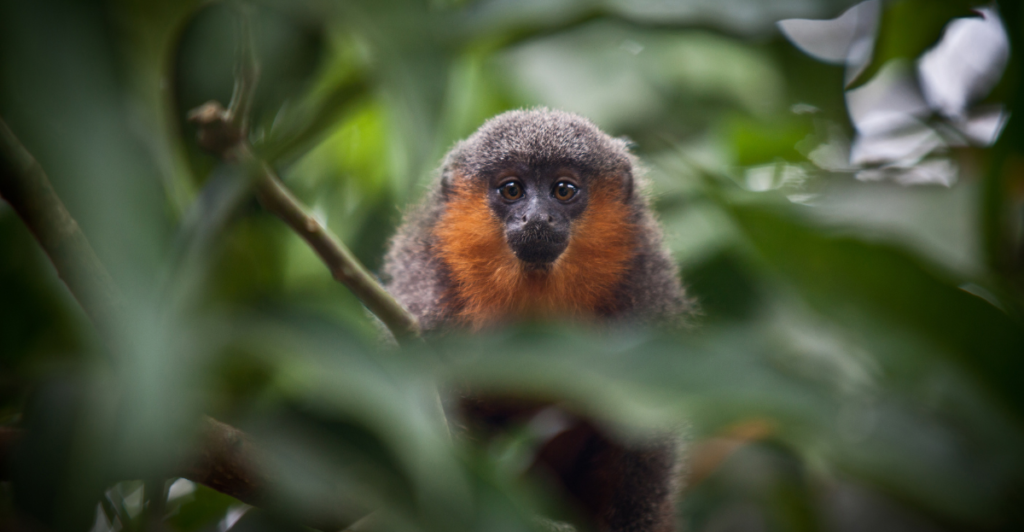
Multiple threats to wildlife in Vietnam make conservation efforts even more challenging. Habitat destruction, driven by deforestation and land-use changes for agriculture and infrastructure, significantly reduces suitable habitats. Overexploitation through hunting and illegal wildlife trade, fueled by demand for traditional medicine and luxury items, further decimates populations.
Climate change also poses a threat, altering habitats and affecting species’ distributions. These combined pressures, exacerbated by rapid human population growth, make protecting these animals even harder without help from communities in the area.
Raising Awareness and Education

Public awareness campaigns, like the “Preserve the forests—Reunite with Saola” campaign, help educate people in the community to better understand the animals around them and their needs. These initiatives engage communities, especially young people, through various channels, including media, social platforms, and educational programs, fostering a sense of responsibility and encouraging the provision of valuable information for conservation efforts.
Engaging traditional medicine practitioners and users in avoiding illegal products derived from threatened and endangered species has also effectively reduced consumer demand.
Hope for the Future
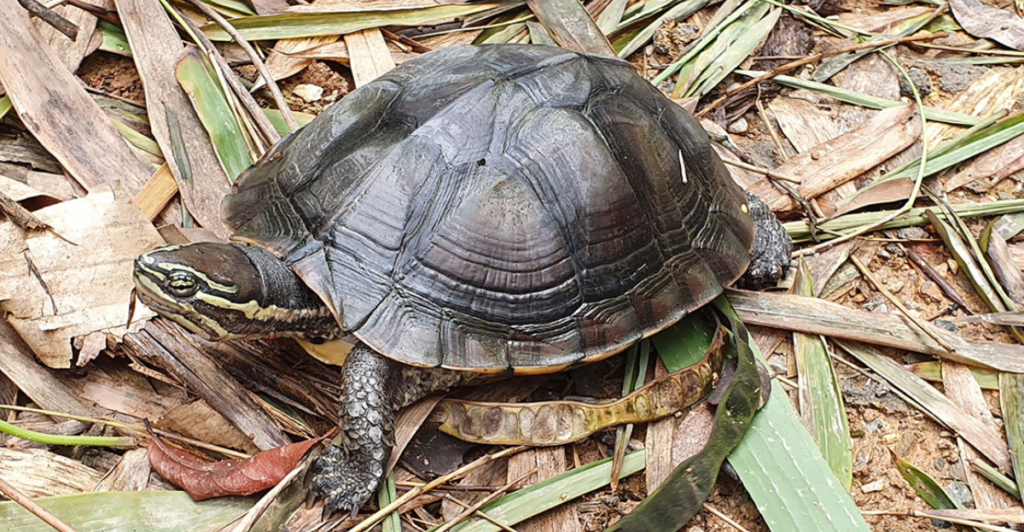
Success stories like the recent camera trap sightings of rare Asiatic black bears and the rediscovery of the elusive Saola demonstrate that with sustained protection, even the most threatened species can begin to recover.
Programs like the WWF-Greater Mekong CarBi initiative and the comprehensive anti-poaching patrols in Cat Tien National Park have significantly reduced illegal hunting and habitat destruction while empowering local communities to become active stewards of their environment.
Explore more of our trending stories and hit Follow to keep them coming to your feed!

Don’t miss out on more stories like this! Hit the Follow button at the top of this article to stay updated with the latest news. Share your thoughts in the comments—we’d love to hear from you!







